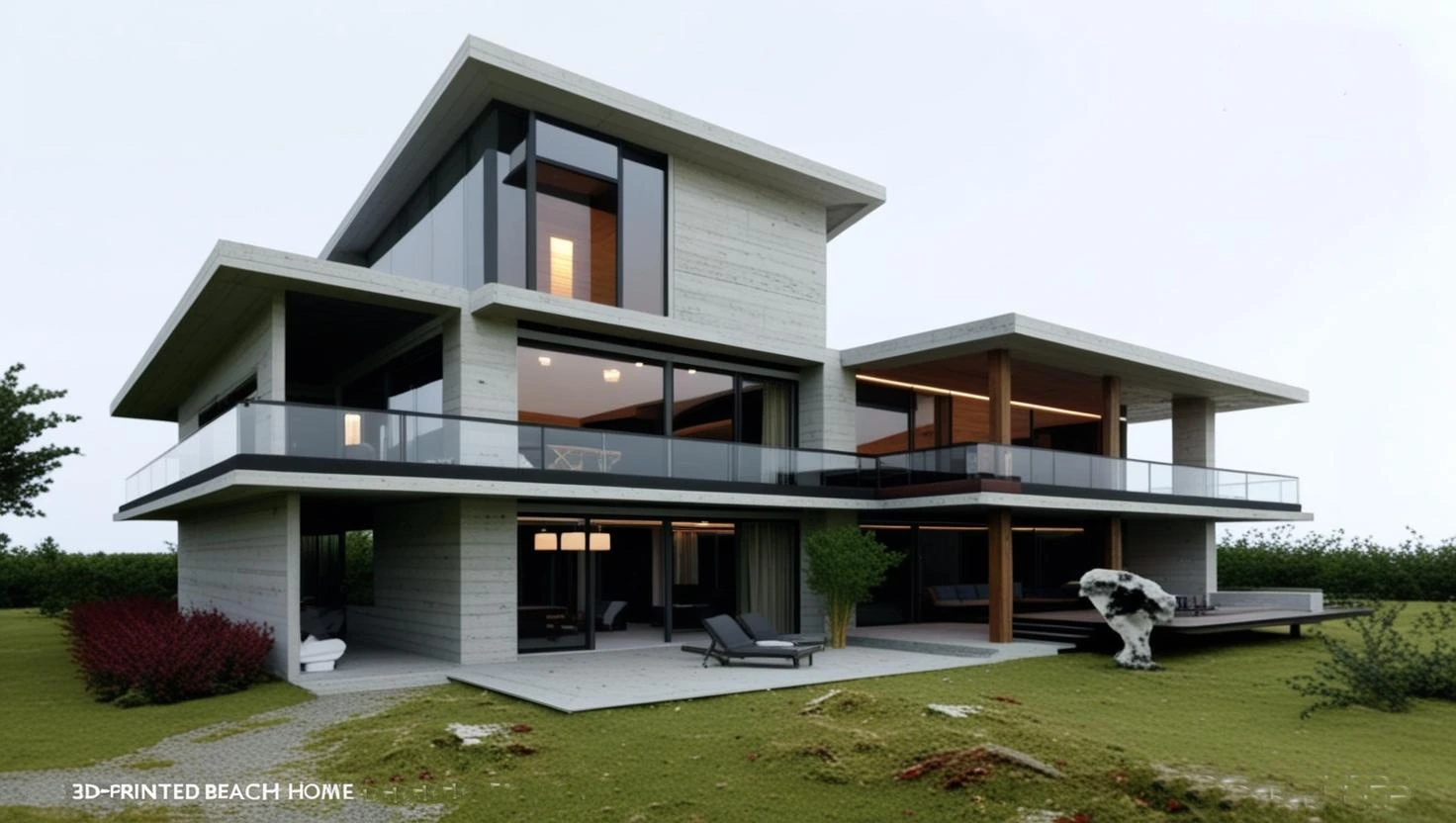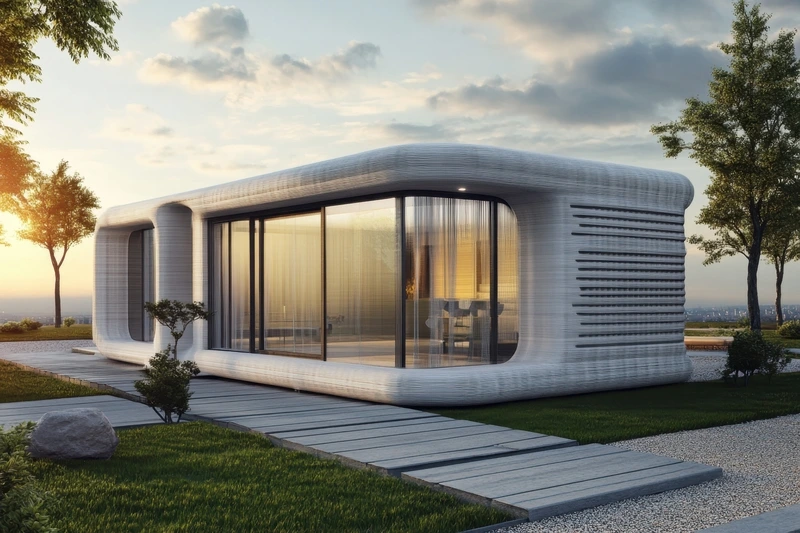

3D printing is revolutionizing home construction by using large-scale printers to layer materials like concrete based on digital designs, enabling faster and more cost-effective building processes compared to traditional methods.

This technology has been used to create entire communities, including community centers, post offices and a town hall, which includes homes and other buildings with solar panels, energy efficiency, and reduced construction waste.

The process of 3-D printing requires fewer workers and materials. Large warehouses can include customizable designs and improved resilience to environmental conditions. Buildings can withstand 300 mph winds.

Specialty walls can be designed for military and prison use. Walls must meet rigorous ASTM standards to keep a proper distance.
Pioneering homes that harmonize cutting-edge technology with ecological wisdom, we are reimagining shelter as a nexus of resilience, efficiency, and hope for generations to come.


© 2025 Print Builders LLC All rights reserved